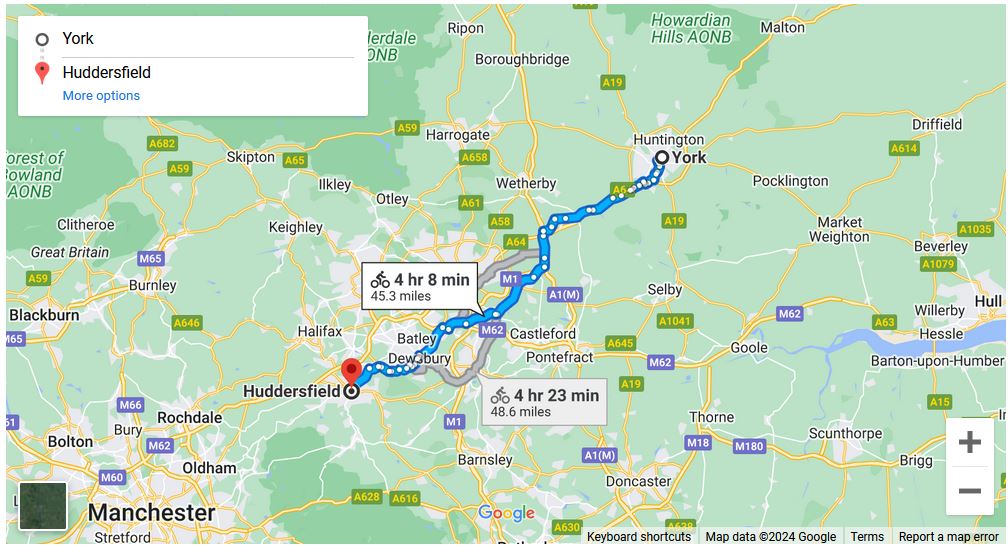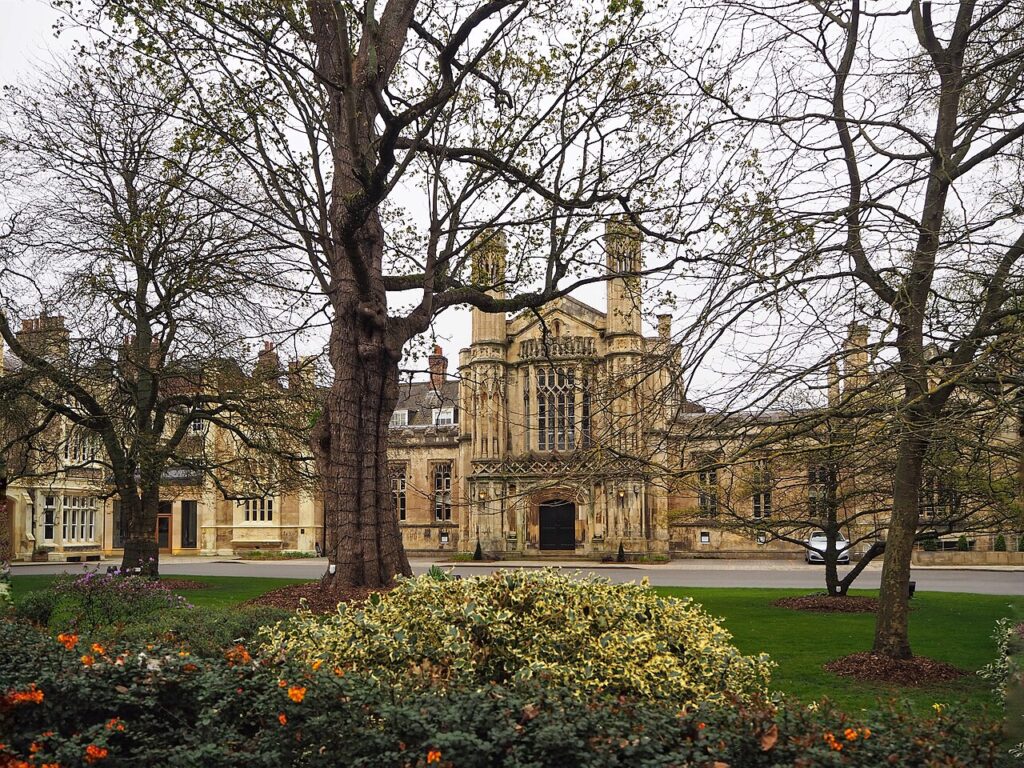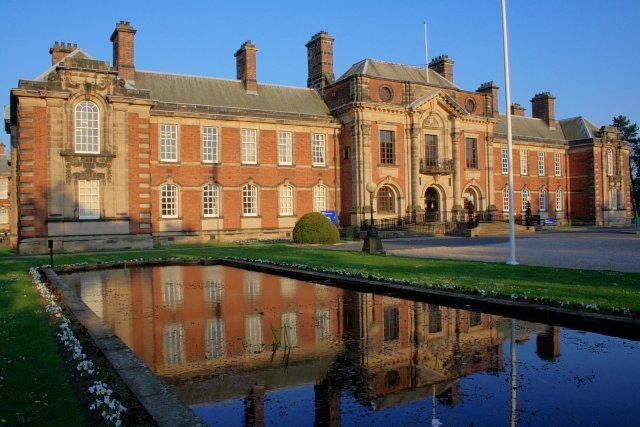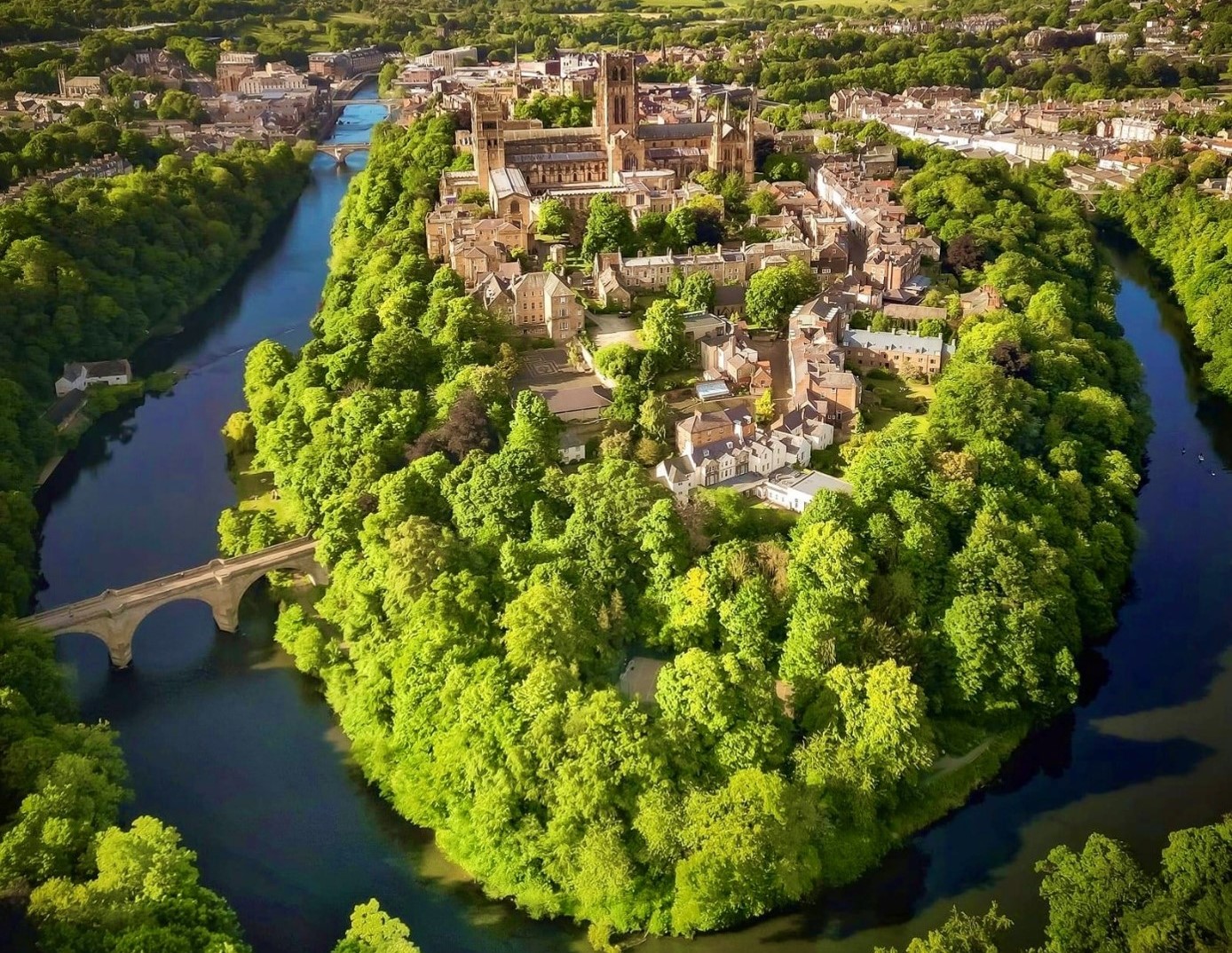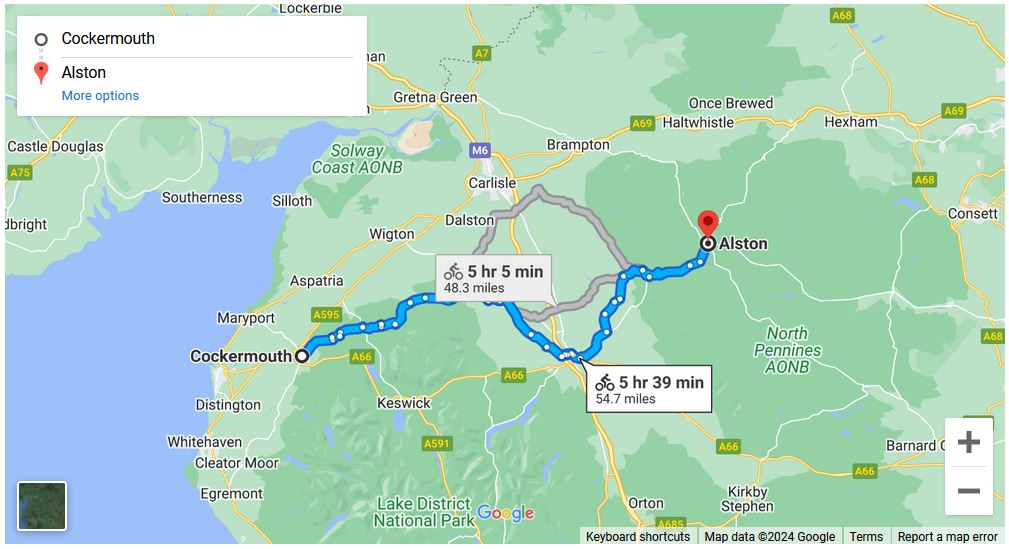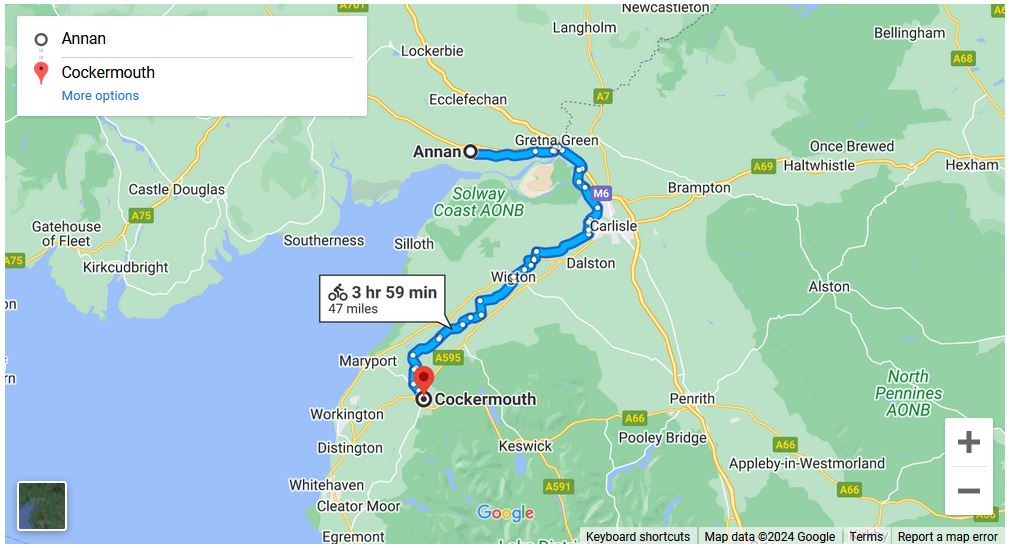Cycling from York to Huddersfield unfolds a captivating journey through the scenic landscapes of Yorkshire, connecting two historic towns and traversing diverse terrain. This approximately 50-mile route offers cyclists a blend of countryside charm, river valleys, and the undulating hills that characterize the region.
Starting in York, the route may lead cyclists through the city’s historic streets, past iconic landmarks such as York Minster and the city walls. The medieval architecture and cobbled streets create a charming atmosphere as riders pedal away from the city center, heading southwest.
As cyclists leave York behind, they enter the lush countryside of North Yorkshire. The road may wind through picturesque villages and open farmlands, providing a serene backdrop for the journey. The undulating terrain adds a dynamic element to the ride, with gentle climbs and descents creating a rhythm that keeps cyclists engaged.
Approaching the market town of Tadcaster, situated on the River Wharfe, riders may find themselves crossing the historic Tadcaster Bridge. Tadcaster’s brewery, traditional pubs, and the charming town center offer a delightful stop for cyclists to take a break and enjoy the local surroundings.
Continuing southwest, the route may lead cyclists through the verdant landscapes of the Wharfe Valley. The River Wharfe, with its meandering course, adds a scenic element to the ride as cyclists follow the valley through charming villages like Boston Spa and Wetherby.
Leaving the Wharfe Valley, cyclists pedal into the undulating hills of West Yorkshire. The road may lead through the market town of Otley, known for its vibrant market square and the surrounding countryside. Cyclists can enjoy the views as they navigate the hills and valleys that define this part of Yorkshire.
The journey continues southward, with the route taking riders through the historic town of Ilkley, situated on the edge of the Yorkshire Dales. Ilkley’s Victorian architecture, spa heritage, and the nearby Ilkley Moor provide cultural and natural attractions for cyclists to explore during a well-deserved break.
As cyclists venture deeper into West Yorkshire, they may encounter the town of Halifax. Nestled in the Calder Valley, Halifax is known for its industrial history, including the historic Piece Hall and the stunning architecture of Halifax Minster. Cyclists can take a moment to explore Halifax’s cultural offerings or simply appreciate the town’s rich heritage.
From Halifax, the road leads southeast toward Huddersfield, crossing the scenic valleys that define the West Yorkshire landscape. The undulating terrain presents challenges and rewards, with the road winding through charming villages and offering panoramic views of the surrounding hills.
Arriving in Huddersfield, cyclists are welcomed by the town’s industrial history, Victorian architecture, and vibrant cultural scene. The cycling adventure concludes in Huddersfield, where riders can explore landmarks such as the Huddersfield Railway Station, the John Smith’s Stadium, or take a stroll along the Huddersfield Narrow Canal.
Cycling from York to Huddersfield is a journey through the varied landscapes of Yorkshire, from the historic streets of York to the undulating hills of West Yorkshire. Each pedal stroke unveils a new facet of the region’s natural beauty and cultural richness. So, saddle up and pedal through the changing scenes, where the road weaves through countryside, river valleys, and the historic towns that make Yorkshire a cycling delight.

